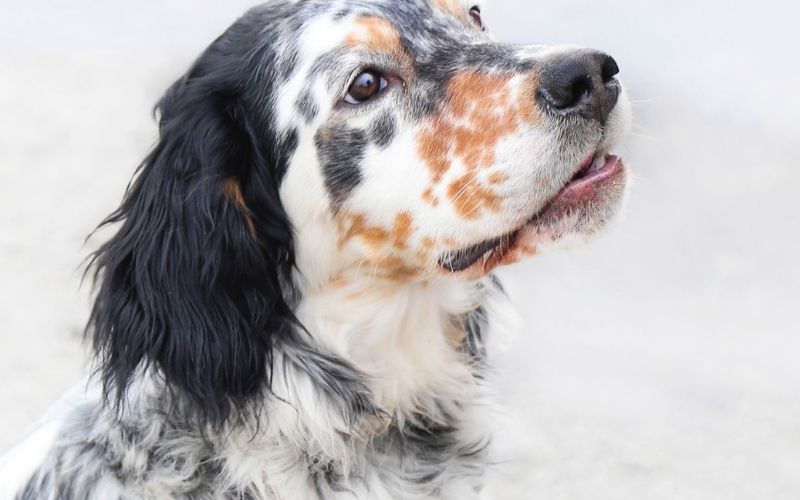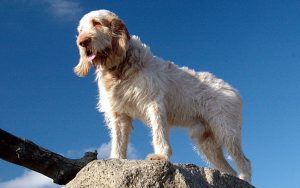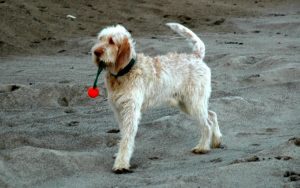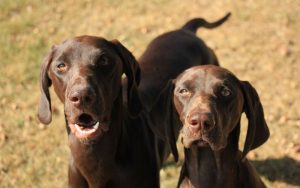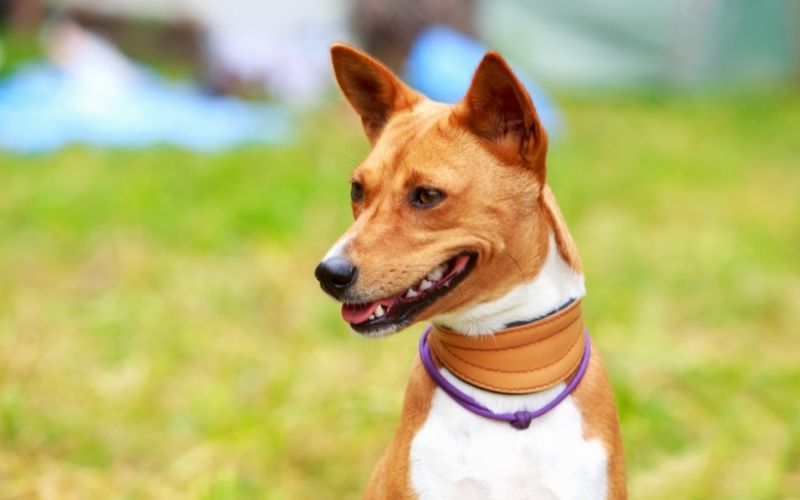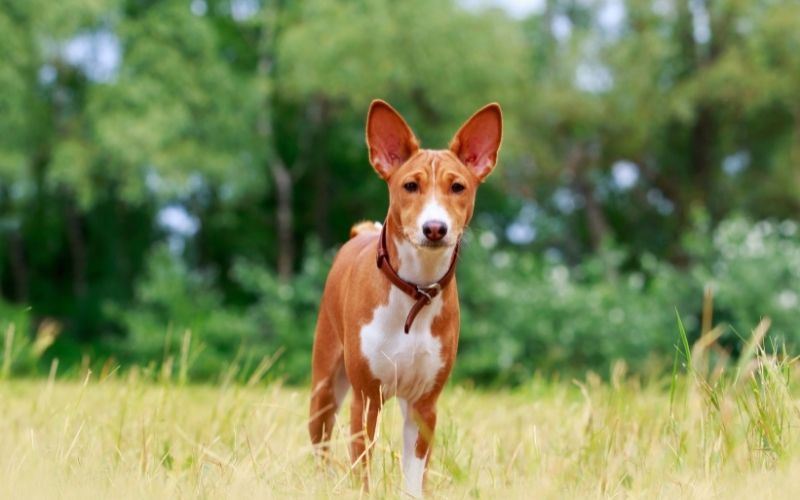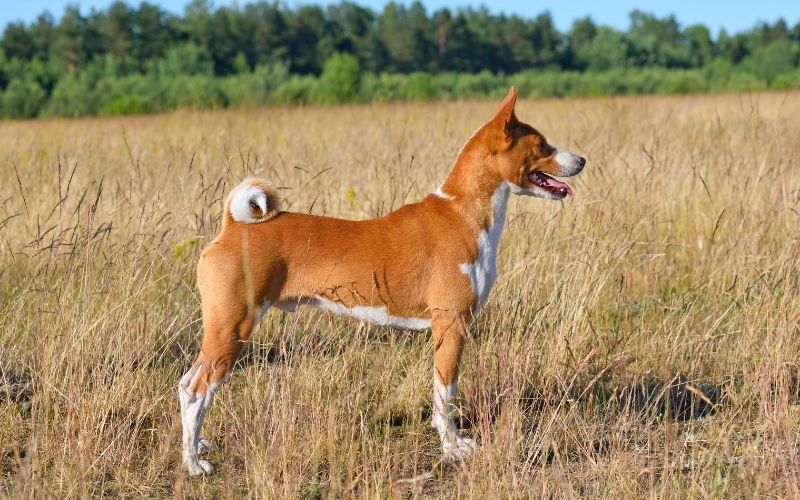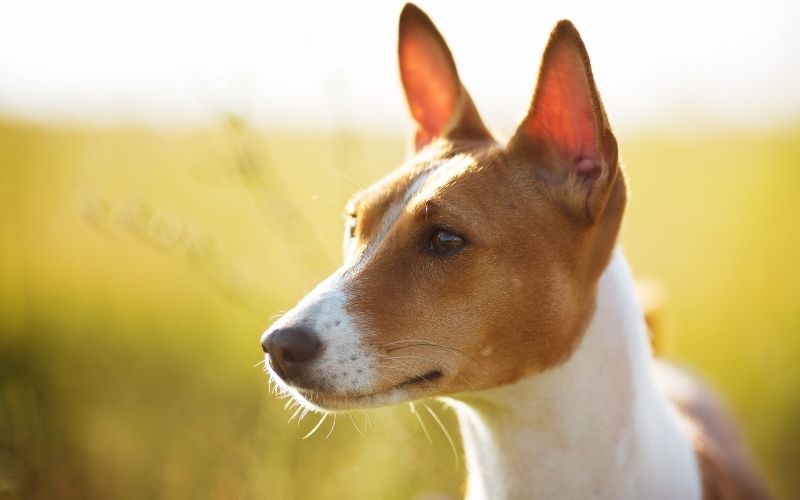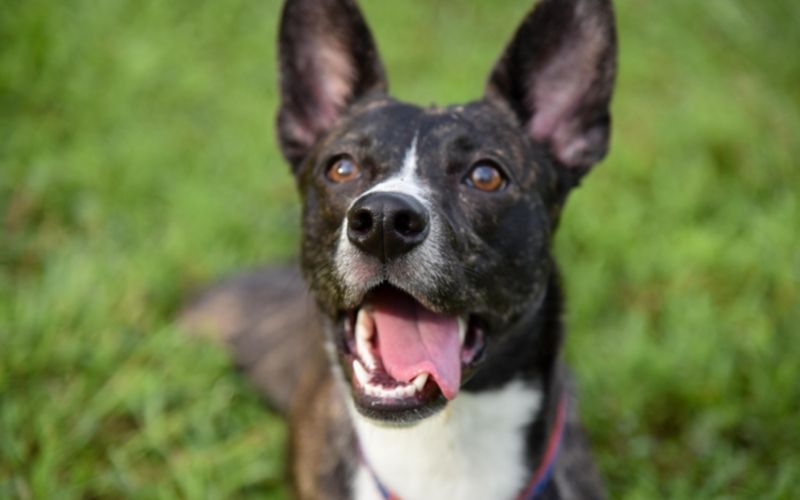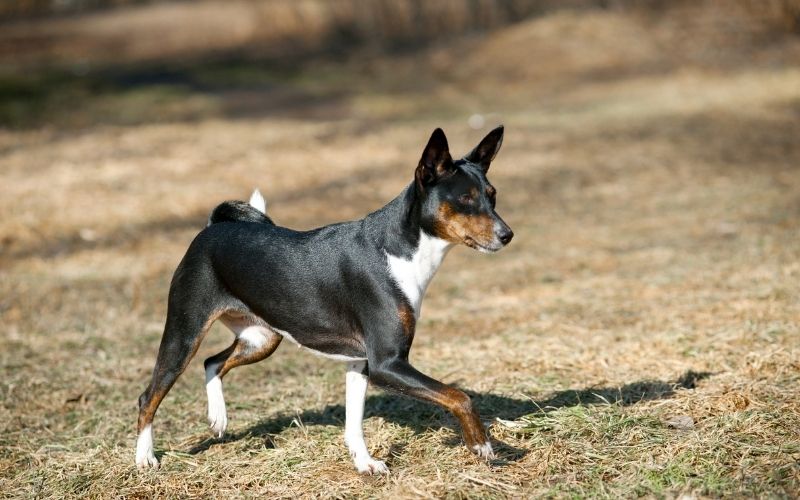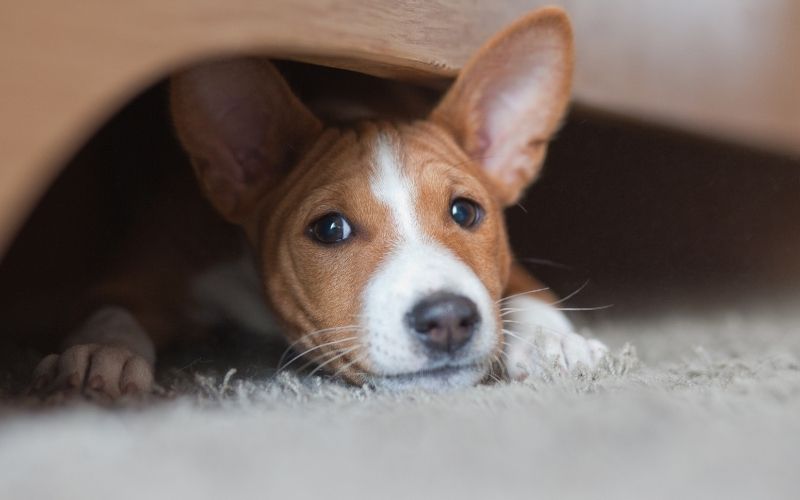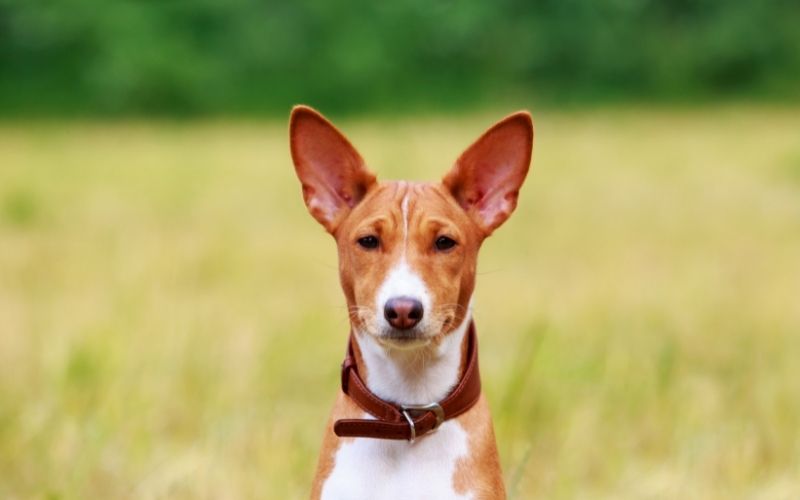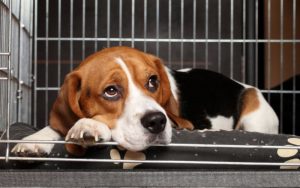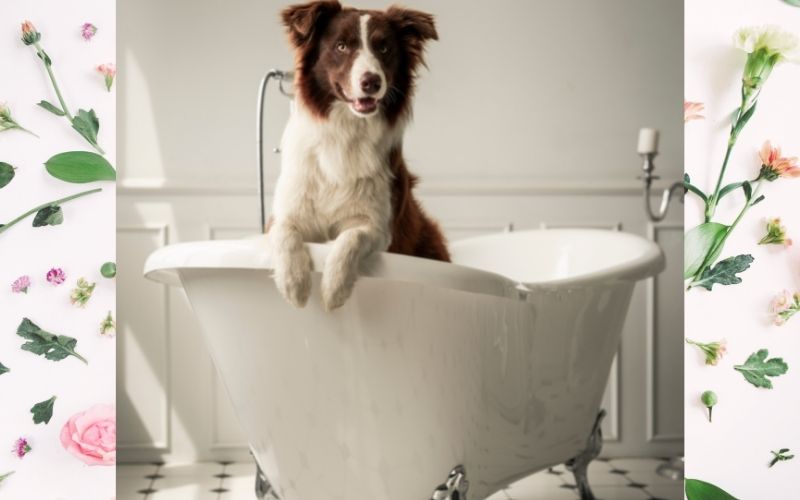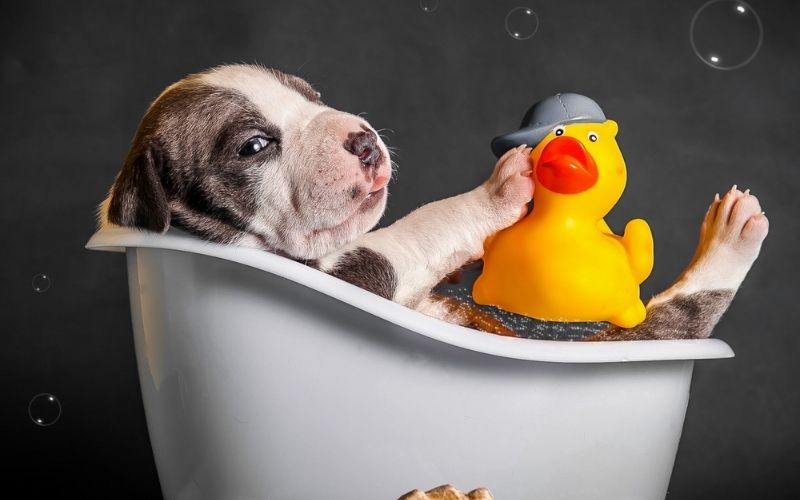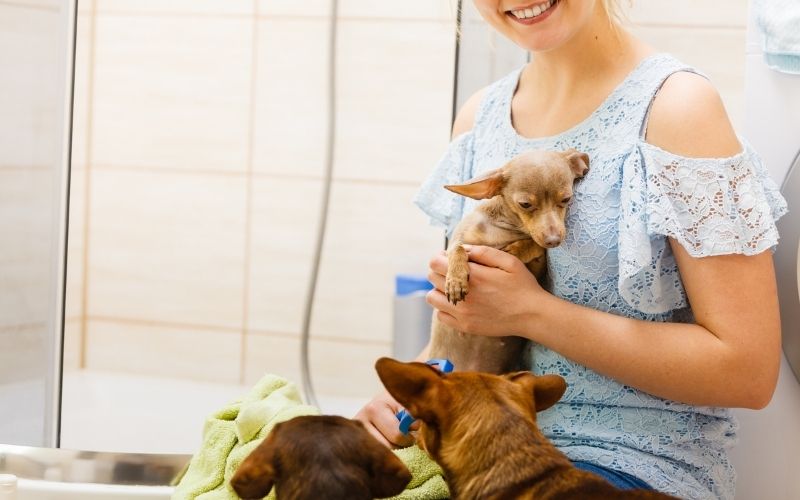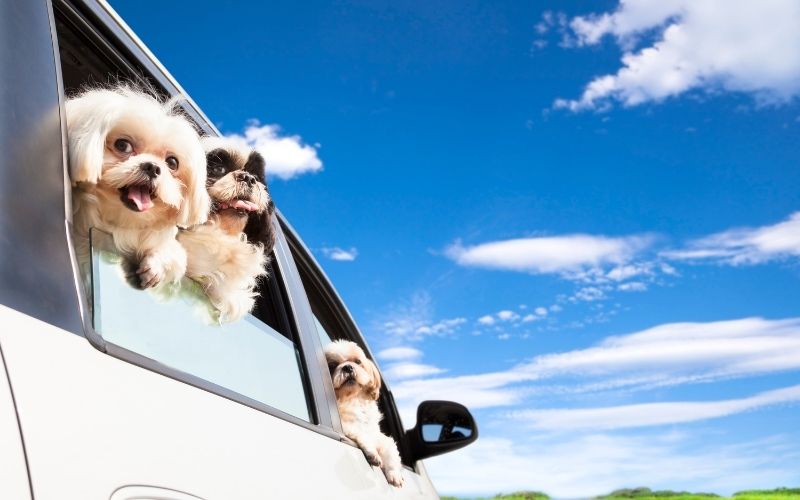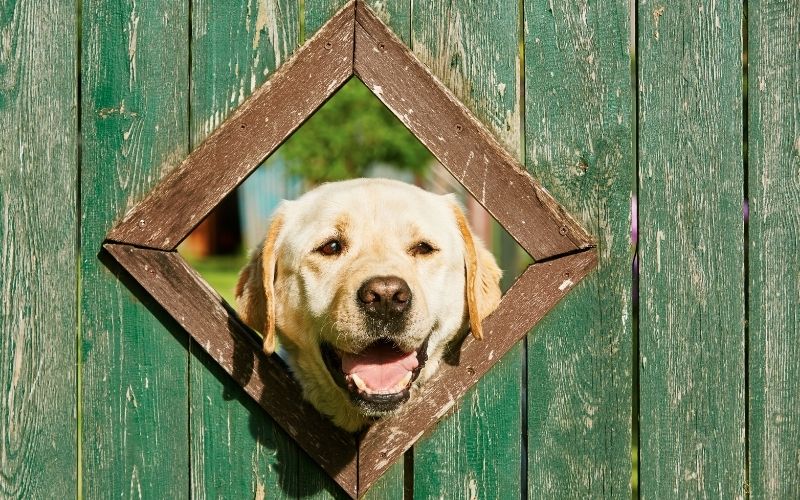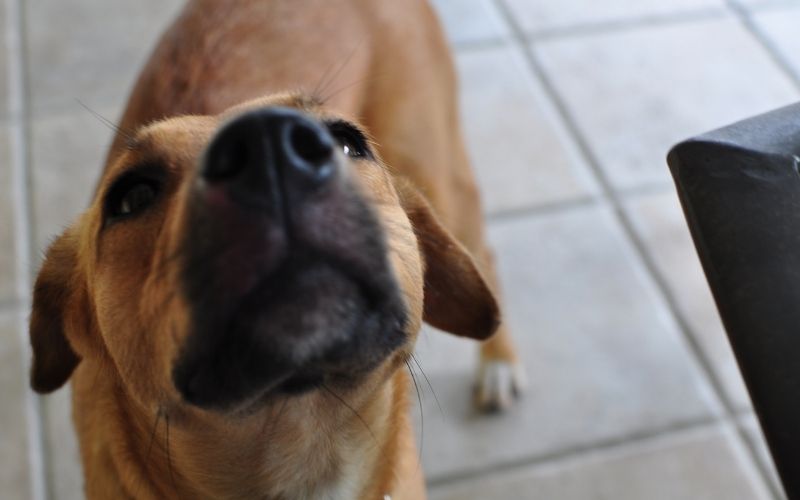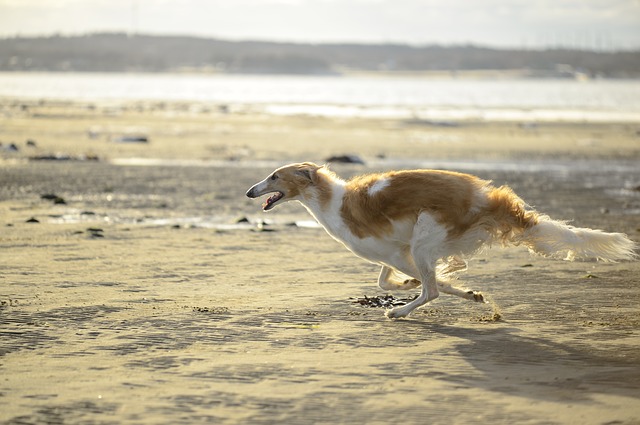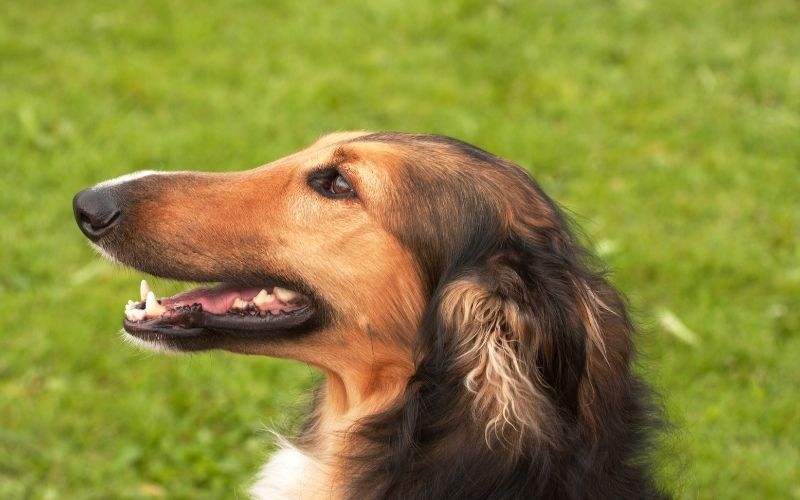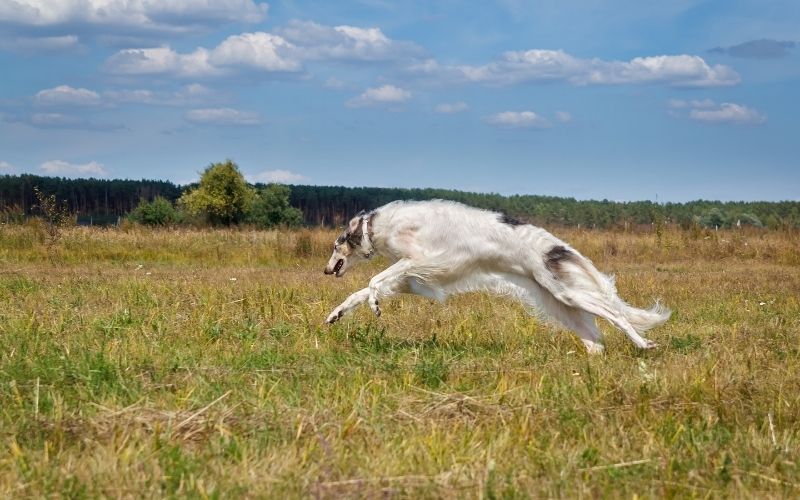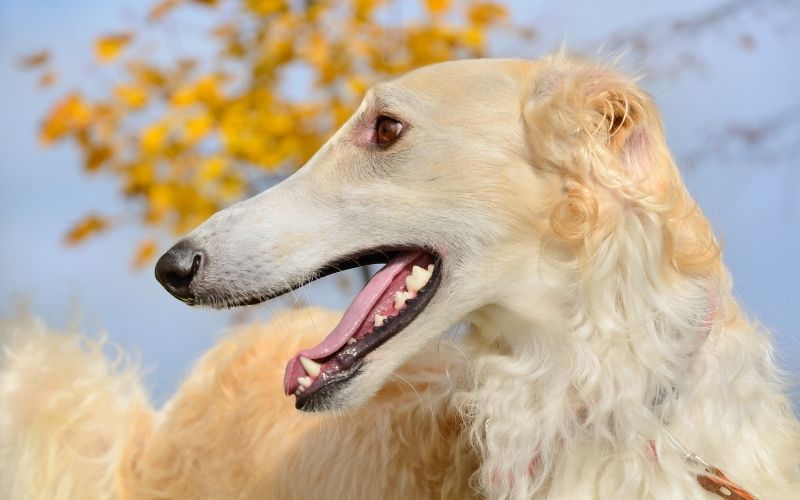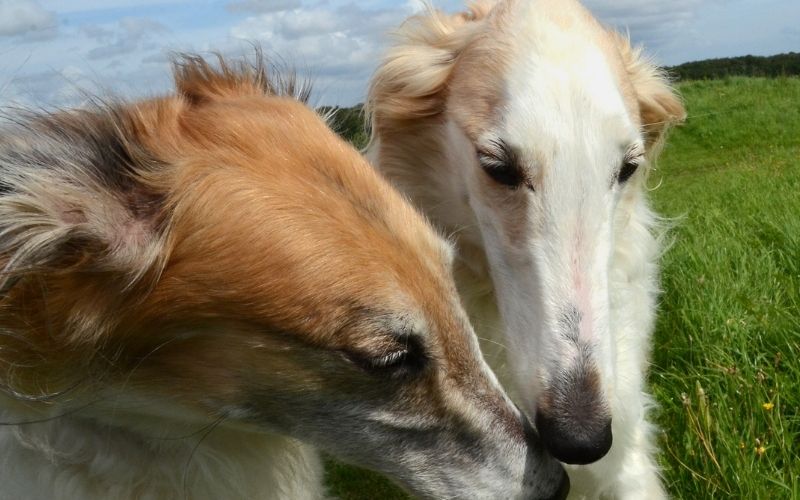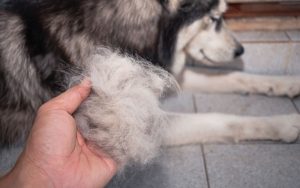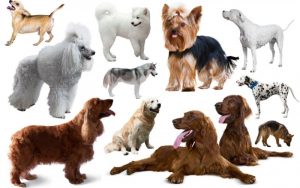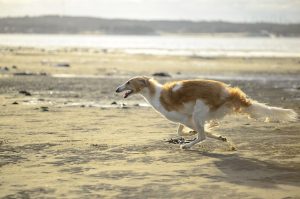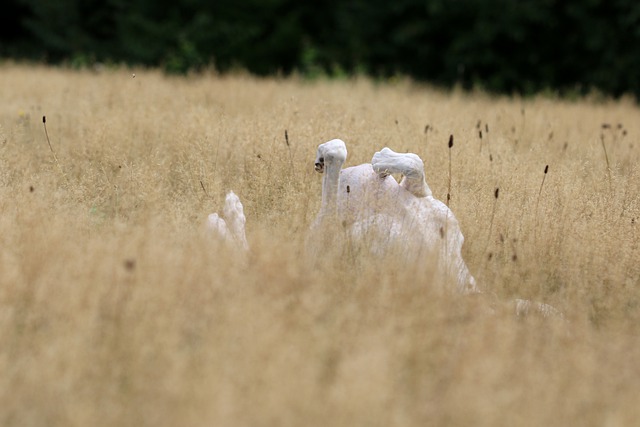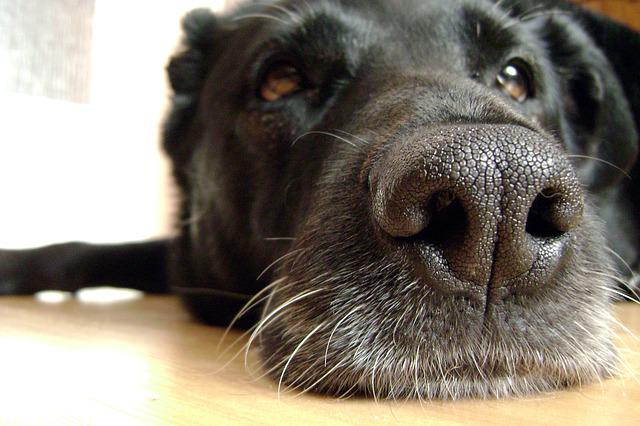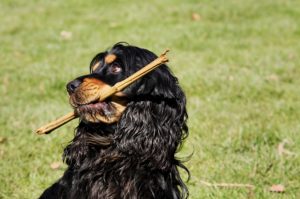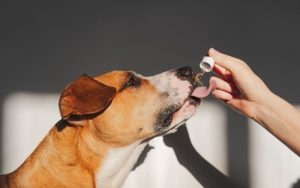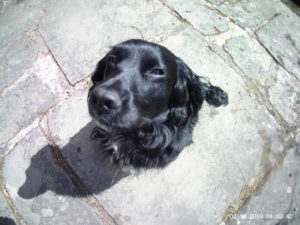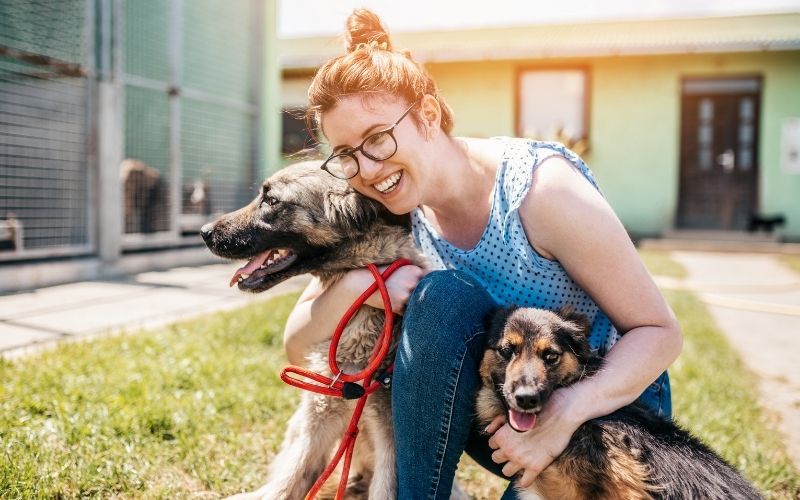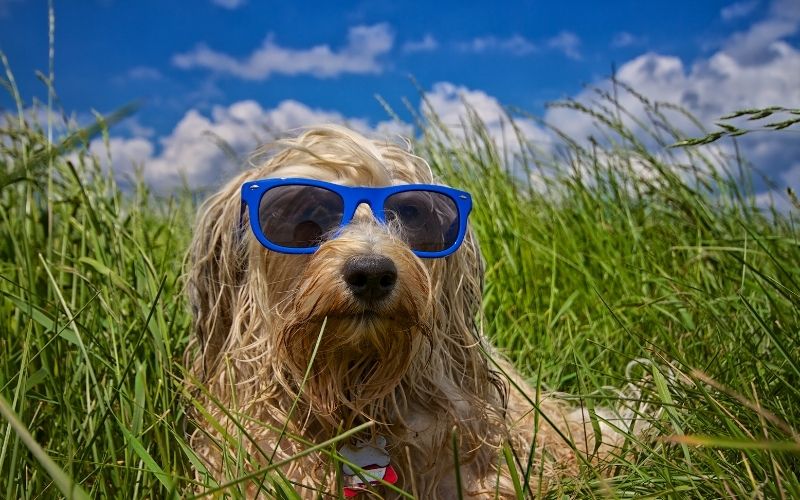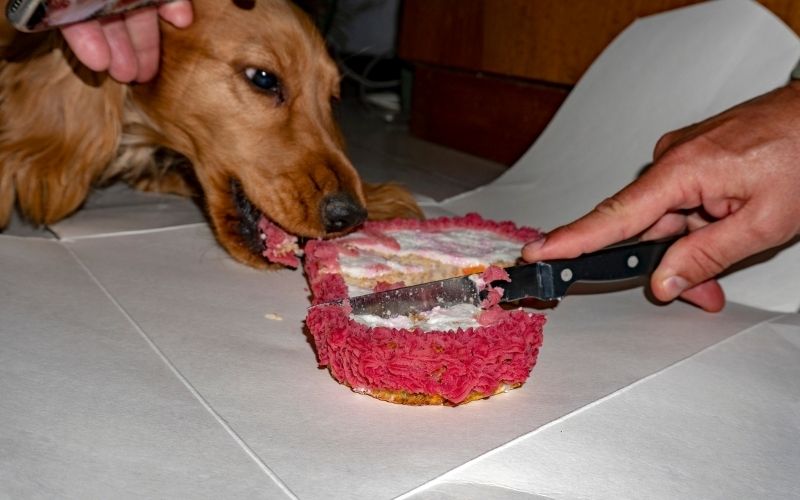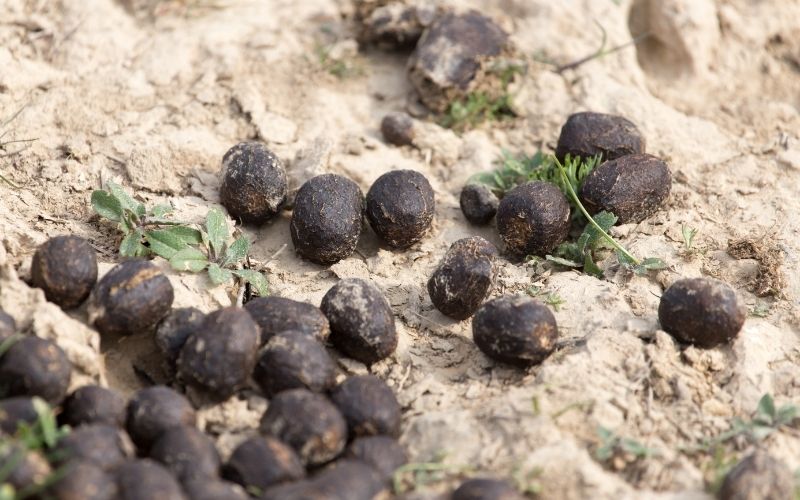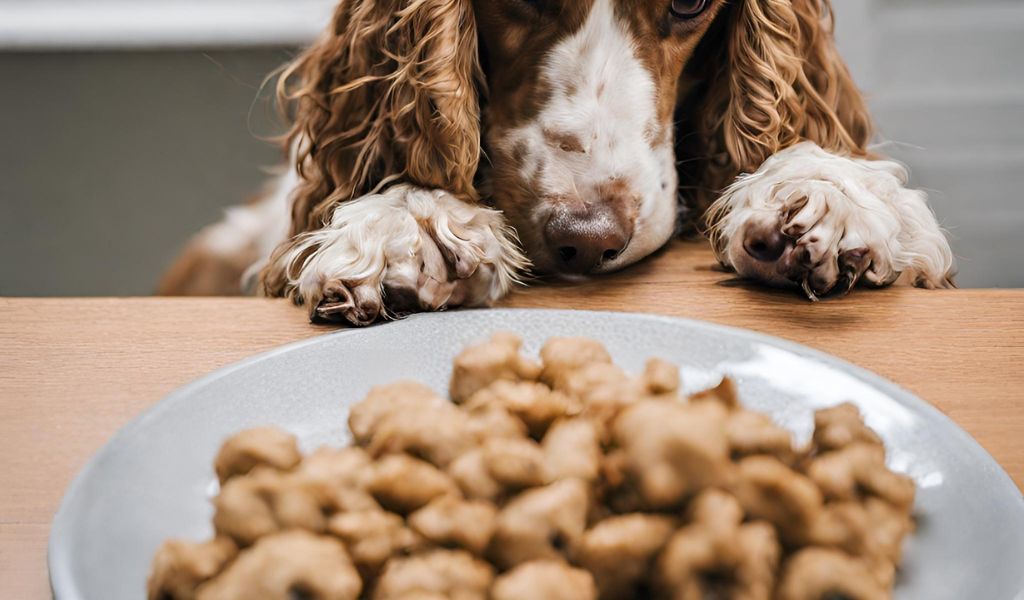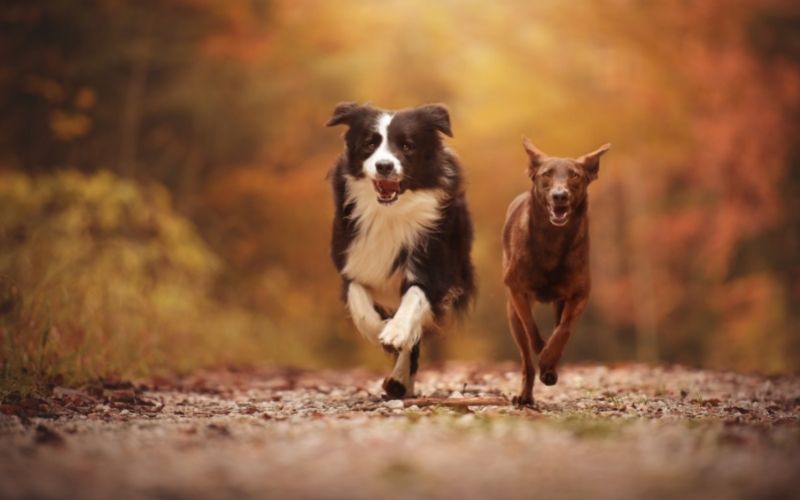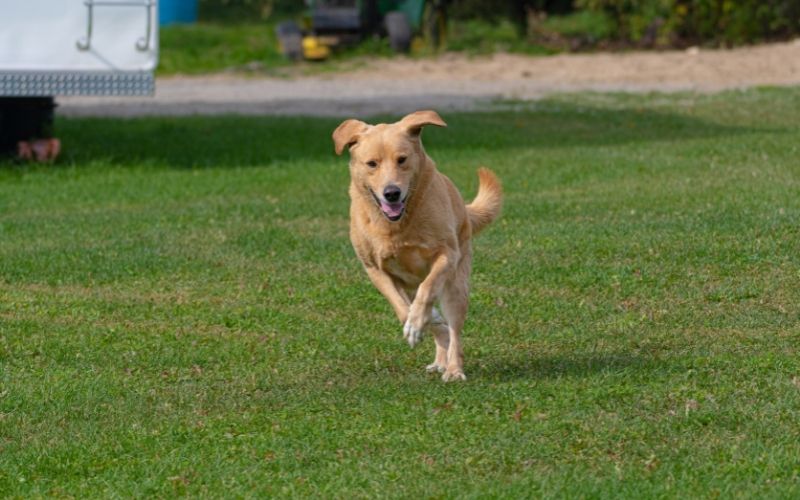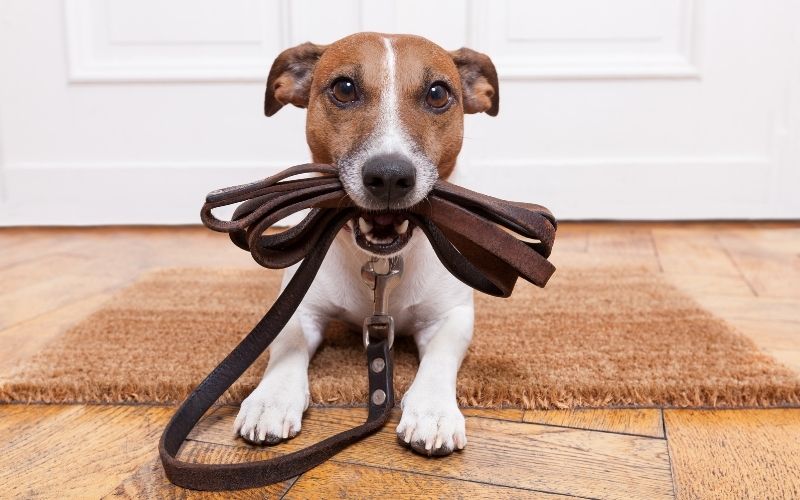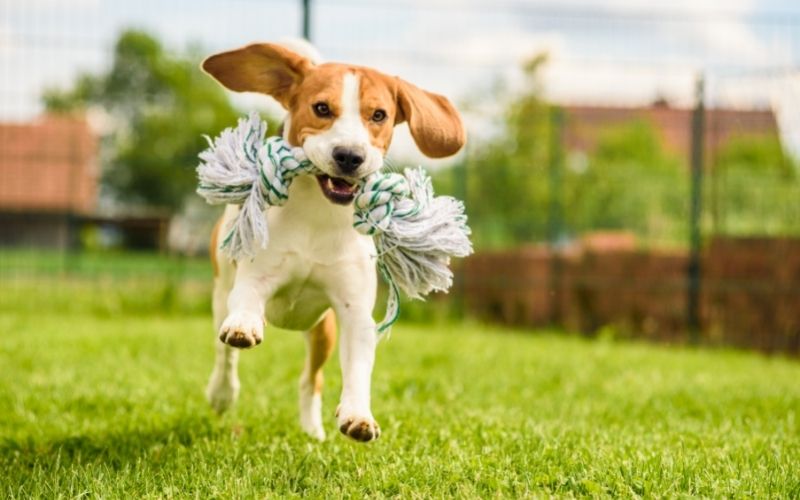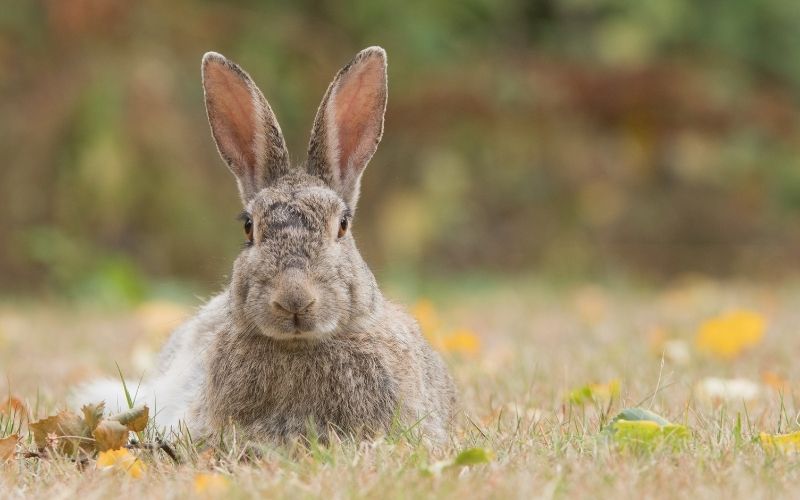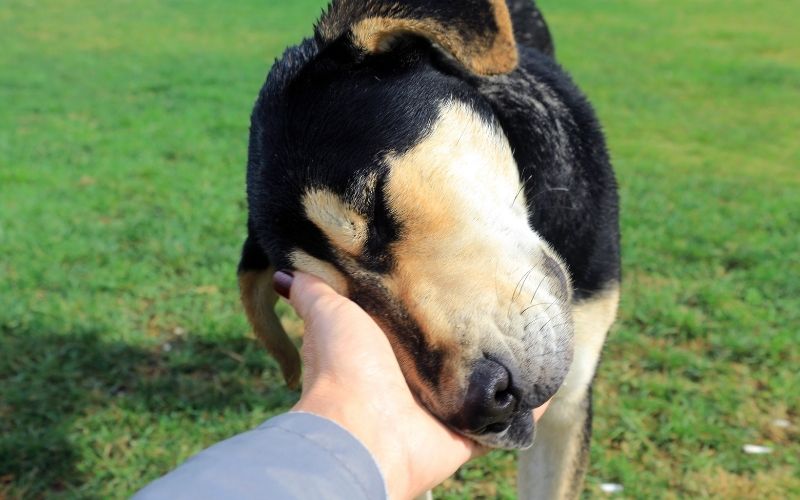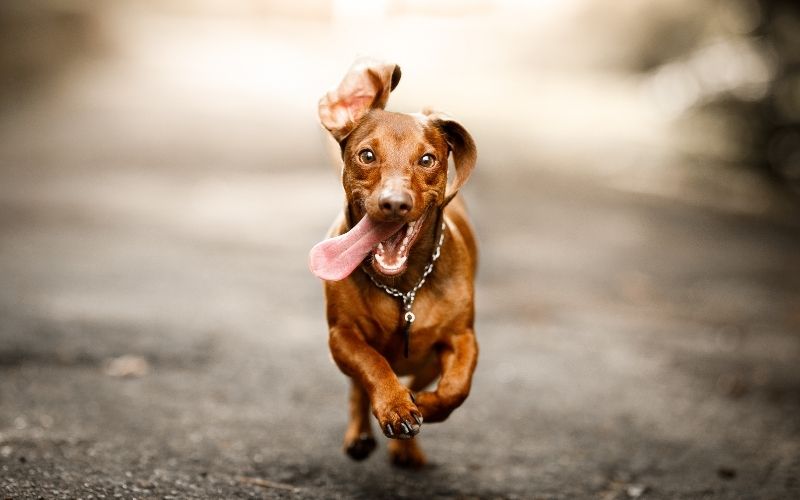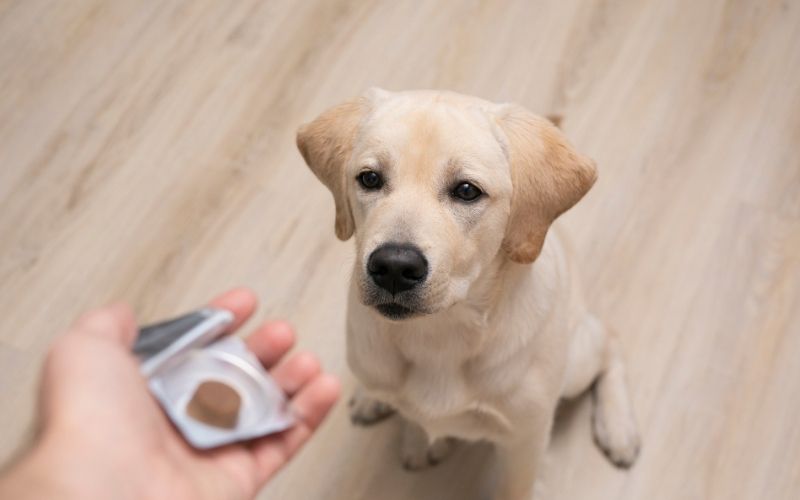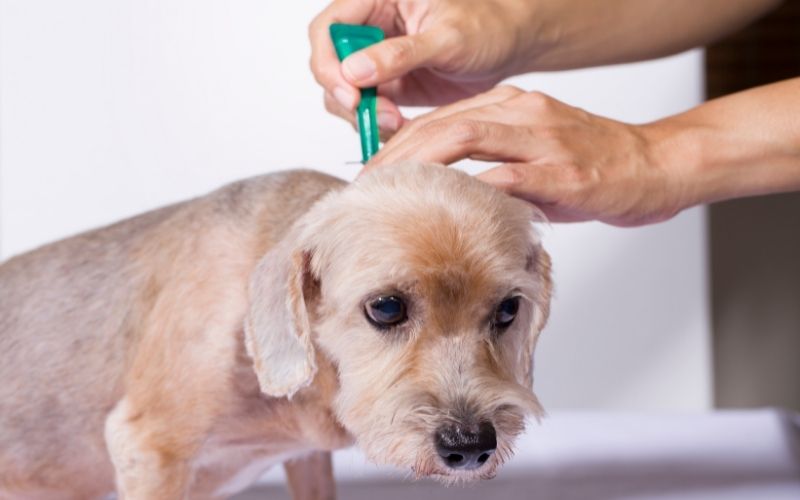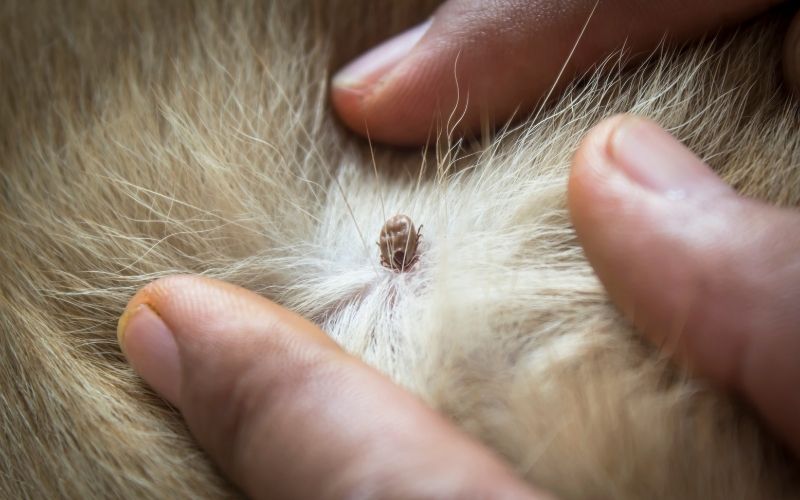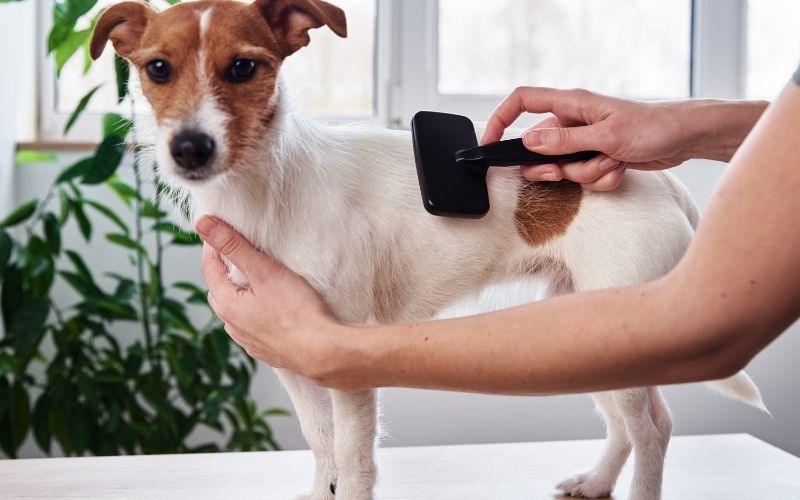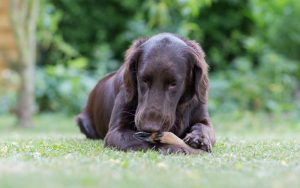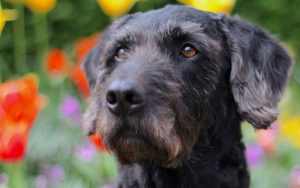The English Setter is considered to be a very attractive and elegant gundog, classed as being one of the bird dogs.
This breed is known for its gentle nature, love of people, and hunting skills.
This breed has excellent working ability combined with a pleasant temperament making it an ideal pet and companion for an active and lively family. The English Setter is a member of the Setter family which includes Red Setters, Irish Red and White Setters and the Gordon Setter.
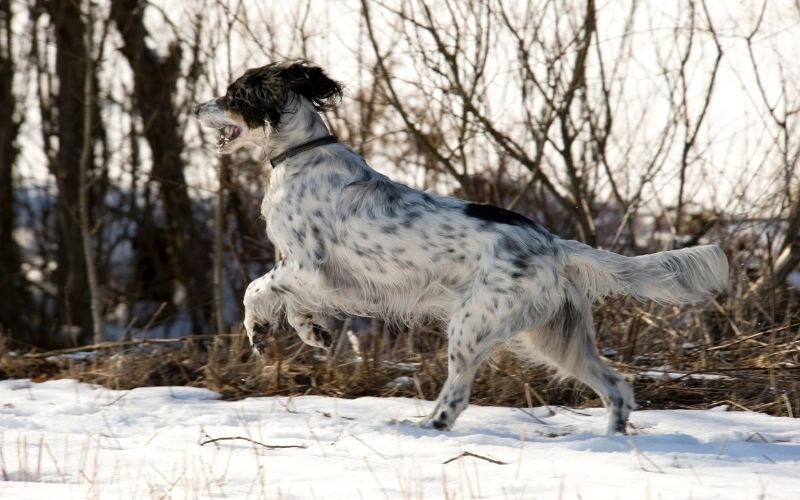
History of the English Setter
The modern English Setter is descended from the ancient Setter breeds and there is evidence that Setters were used as bird hunting dogs as long as 400 years ago in Britain.
It is suggested that Setters were bred originally from crosses of the English Springer Spaniel, the Spanish Pointer and the Water Spaniel resulting in a dog with excellent bird finding and scenting ability.
The modern English Setter was developed and improved by the breeding programmes of Mr. Edward Lavarack and Mr. Purcell Llewellin in the 19th century.
During the Victorian era, the English Setter was a very popular dog and there were many different strains of the breed being bred for different purposes.
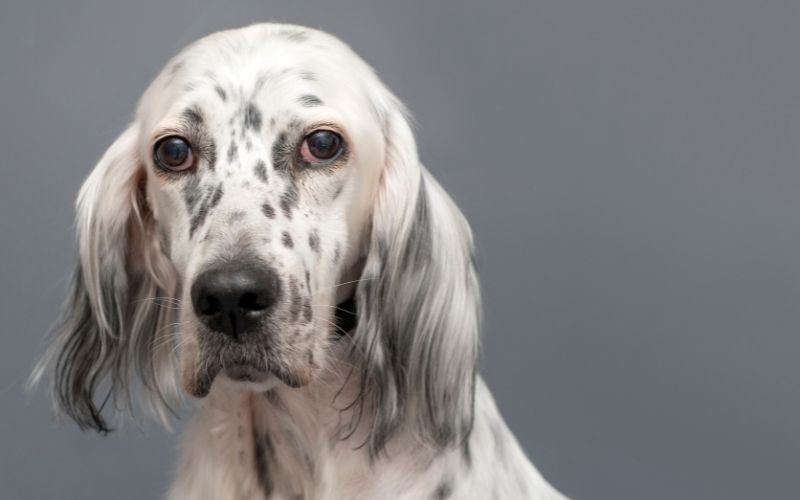
Today, the English Setter is still a popular breed although it is not as common as it once was. This breed makes an excellent companion for an active family and is also still used as a working dog in many parts of the world.
Description of the English Setter
The English Setter is a medium to large sized dog that has a long and silky coat. The coat is usually white with black or liver spots.
The English Setter has long ears that hang down close to its face and a long tail that is usually carried low. This breed has a graceful appearance and is well proportioned.
The English Setter is a very friendly and affectionate dog that loves people. This breed is also very active and needs plenty of exercise.
English Setter temperament
English Setters are no different from the other gundog breeds in that they are high energy dogs that enjoy the outdoor life and running after their noses.
Gentle dogs, that are ideal for family life, they are an intelligent and regal breed that can be mischievous and, at times, strong willed and a bit wacky.
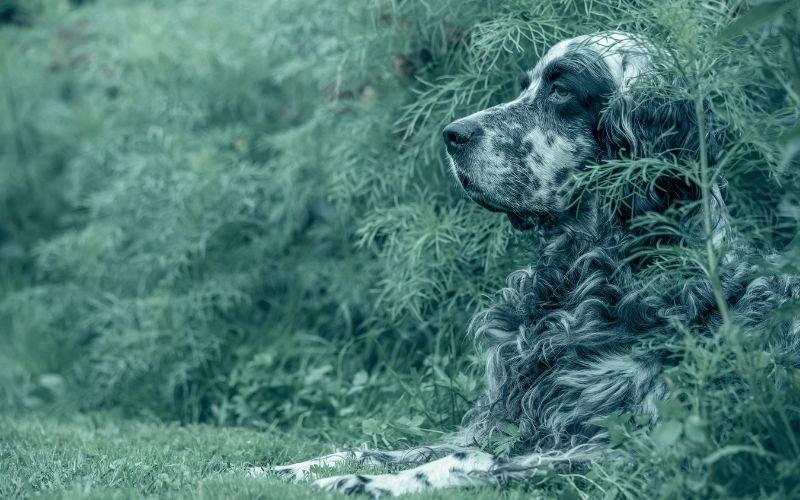
For a family that can give them plenty of free running exercise and that are prepared to embark on training, an English Setter makes a great pet that is friendly, chilled out and enjoys being around people and other pets.
[amazon box=”009173892X” template=”horizontal”]
Caring for an English Setter
The English Setter is a relatively low maintenance breed when it comes to grooming.
This breed only needs to be brushed a few times a week to remove any dead hair and keep the coat looking healthy and shiny. The English Setter only needs to be bathed when necessary.
This breed is an active dog that needs plenty of exercise. The English Setter should be taken on a long daily walk and given the opportunity to run around in a safe area.
This breed is also a hunting dog and will enjoy being taken out for hikes and walks in the woods where they can use their noses to follow smells.

What do English Setters do?
English Setters are one of the ‘bird dogs’ of the gundog sector. They are typically used when hunting upland birds, such as grouse.
Whereas a spaniel will flush a bird or other game without hesitation, the Setters stop and point, indicating to the gun where the bird is sat. Setters operate at much greater distance from the gun than other hunting dogs.
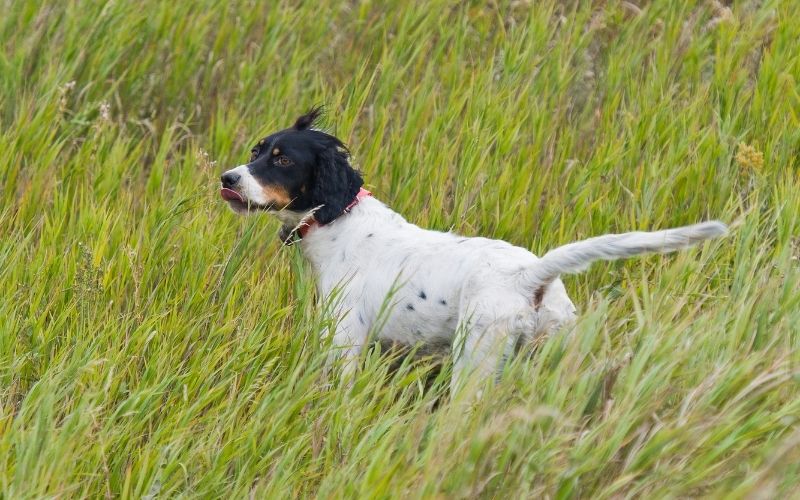
When the gun approaches and is within range the dog will be commanded to flush the game, thus enabling the gun to take the shot safely.
In some cases the Setter will then be required to retrieve the shot bird to hand.
Unlike the spaniel breeds, who scent air and ground, the English and other setters are air scenting birds, holding their heads high to catch windborne scents.
Setters are natural and skilful hunters and are a valued team member on heather moors where birds can be difficult to scent and locate.
English Setter health
English Setters are not known for any serious health conditions although instances of deafness have been known.
This breed can be prone to hip dysplasia and elbow dysplasia so it is important to buy from a reputable breeder that health tests their dogs. The English Setter can also suffer from allergies and ear infections.
Overall, the English Setter is a healthy breed that makes a great companion for an active family. This breed needs plenty of exercise and loves being outdoors.
The breed is currently on the UK Kennel Club’s Vulnerable Natural Breeds list – in 2019 only 267 litters of puppies were registered with the club.
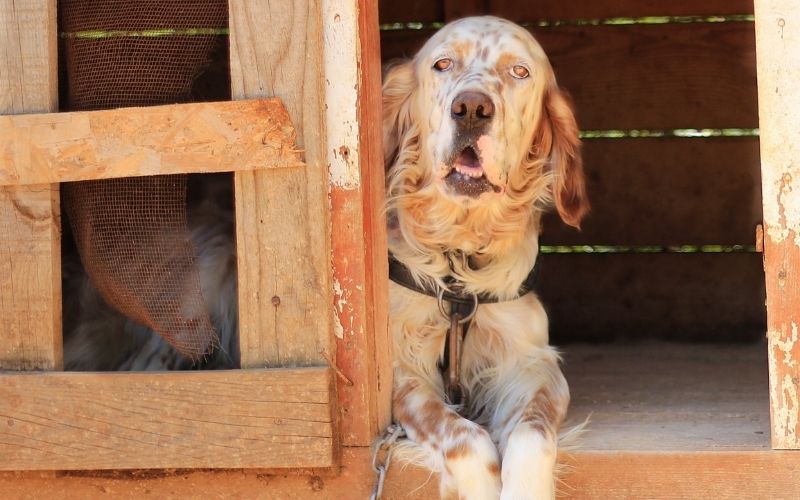
English Setter intelligence
English Setters are intelligent dogs that enjoy training and are capable of learning skills that most other breeds can perform.
They can be a challenging dog to train if the training is not in a quiet and controlled environment as they can be easily distracted.
The English Setter is classed as 58th in Stanley Coren’s ‘The Intelligence of Dogs‘ – a position that places it as an above average working dog.
Do English Setters moult?
English Setters moult to some extent but with regular brushing and grooming this can be kept to a minimum.
The breed has a long coat with feathering on his ears, chest, legs, tummy, and on his tail.
The feathering and levels of moulting of an English Setter are similar to that of a spaniel, and the type of care and grooming of his coat should be the same.
Are English Setters good family pets?
The English Setter is a friendly, chilled out breed that enjoys being around people and other pets.
This breed is an active dog that needs plenty of exercise and is best suited to a family that can give them plenty of free running exercise.
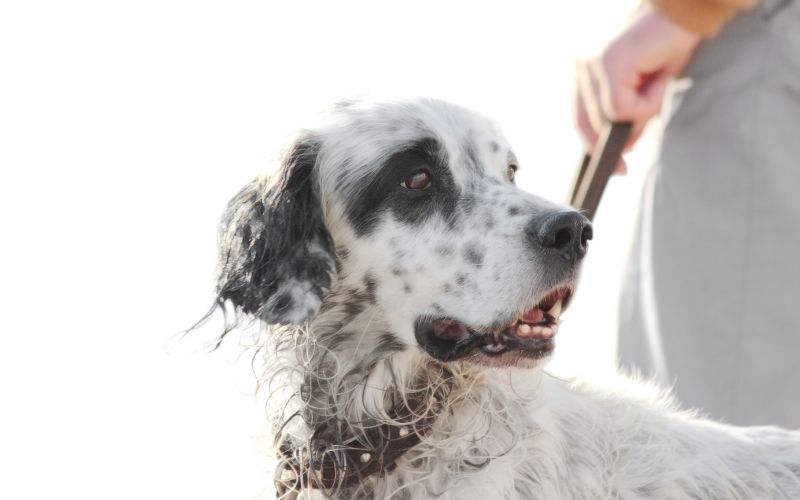
The English Setter can be mischievous and strong willed at times which means they need an owner that is firm but fair with them.
Overall, the English Setter makes a great family pet for an active family that enjoys spending time outdoors.
Do English Setters bark a lot?
This breed can be known to bark when they are left alone for long periods of time.
The English Setter is an active dog that needs plenty of stimulation and if they are not given enough they can become destructive.
This breed is best suited to a family that can give them plenty of exercise and attention.
With the right training and socialisation the English Setter can be a well-mannered dog.
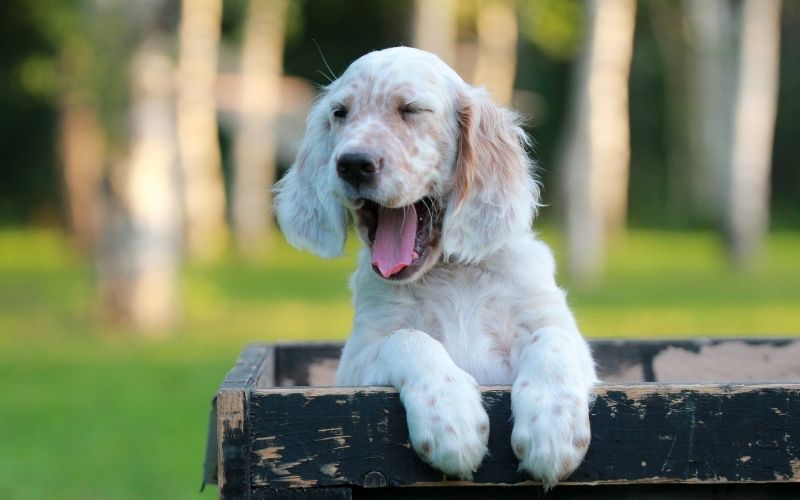
Do English Setters like to cuddle?
The English Setter is a friendly breed and although it does not particularly like to cuddle they do enjoy spending time with their family.
Final Words
The English Setter is a traditional gun dog bred for the hunting of birds on moorland and heather.
As an intelligent and active breed, the English Setter makes a great pet or companion for the family or individual that spends time outdoors and is able to invest time in training and exercise to make the most of this great breed.
